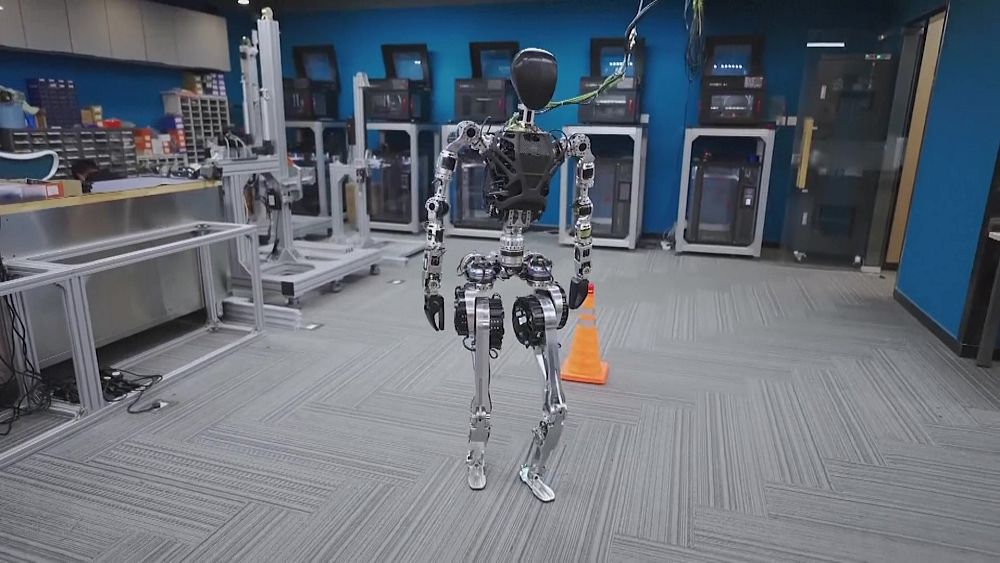AI summary:
The world’s first mass-produced humanoid robot was the GR-1, developed by Fourier Intelligence in China[1][2][3]. The robot is 1.64 meters tall and weighs 55 kilograms, and is designed to help tackle labor shortages amid an aging population. It is capable of carrying patients from the bed to wheelchairs and helping to pick up objects[1][2][3][5]. While the GR-1 is often referred to as the world’s first mass-produced humanoid robot, it is important to note that it is not the first humanoid robot ever produced. However, it is the first to be mass-produced, meaning that it is produced in large quantities for commercial use[3].
Citations: [1] https://www.euronews.com/video/2023/07/12/worlds-first-mass-produced-humanoid-robot-to-tackle-labour-shortages-amid-ageing-populatio [2] https://www.euronews.com/next/2023/07/12/worlds-first-mass-produced-humanoid-robot-to-tackle-labour-shortages-amid-ageing-populatio [3] https://www.zmescience.com/science/news-science/fourier-intelligence-gr-1-humanoid-bot/ [4] https://www.youtube.com/watch?v=sgo-jF4j8g8 [5] https://www.youtube.com/watch?v=ogiAkllCzA4 [6] https://www.youtube.com/watch?v=HhOND0JWoGA



The intended market for these robots is countries where there’s an aging demographic curve, meaning there simply aren’t enough young able-bodied people to fill the jobs that need them no matter what salary you were to offer.
In countries where there’s enough people for these jobs I expect human labor will remain cheaper for quite a while yet.